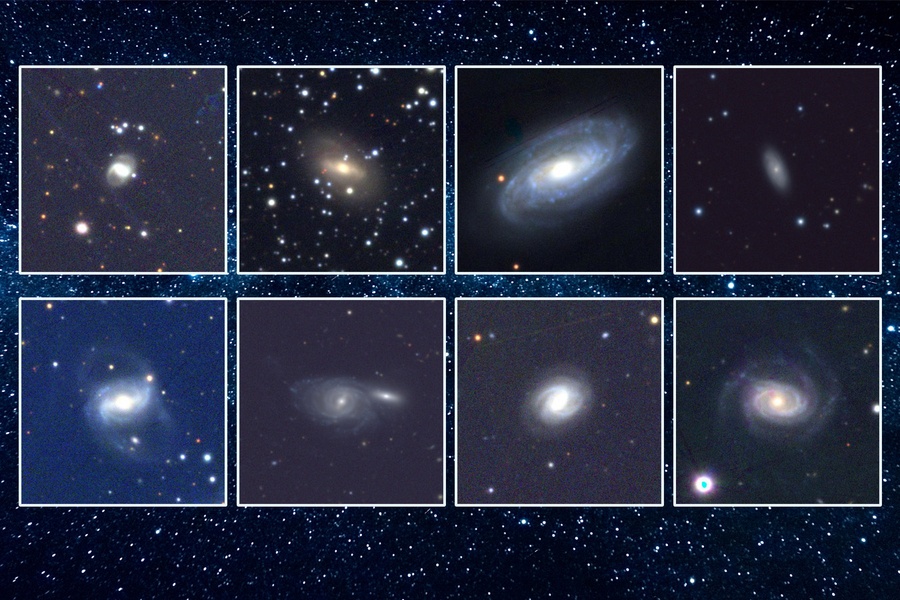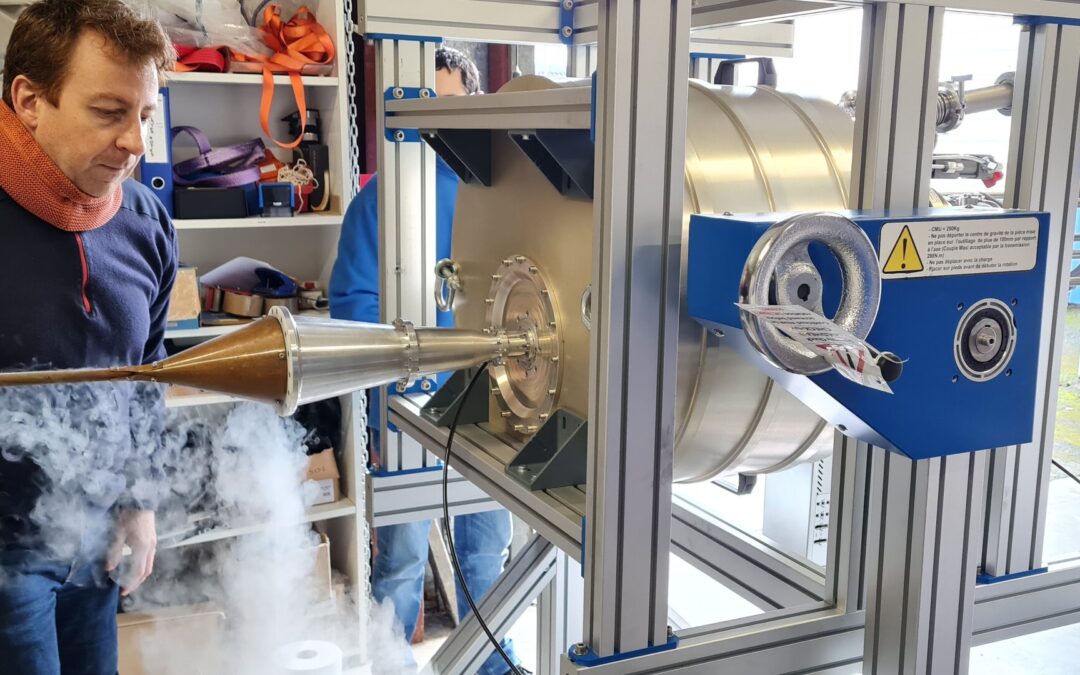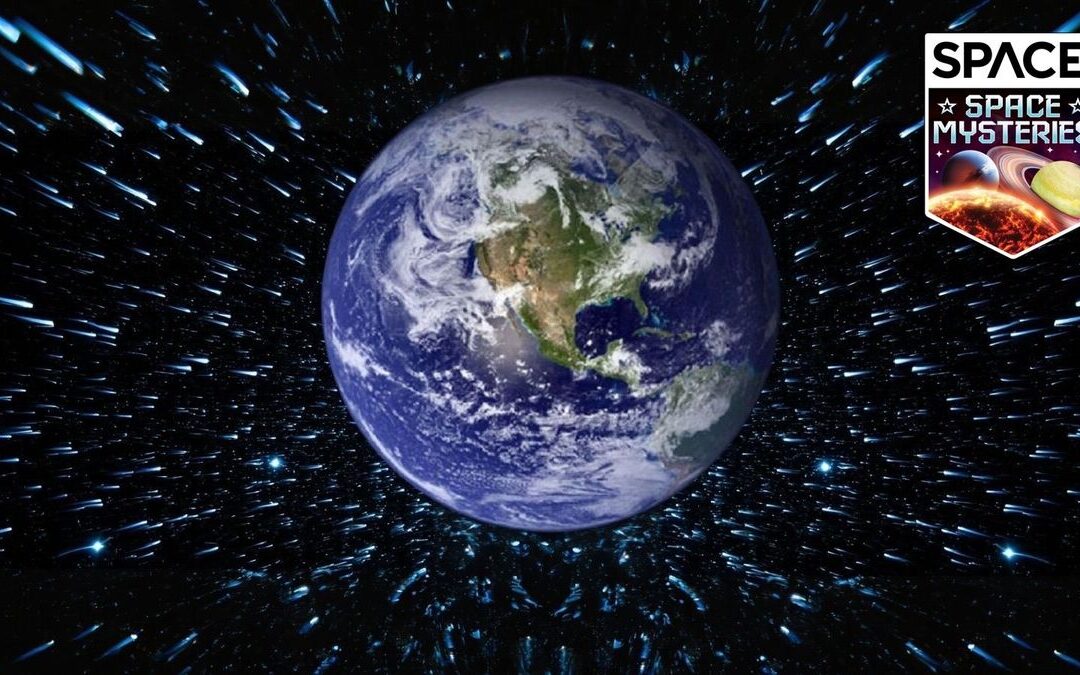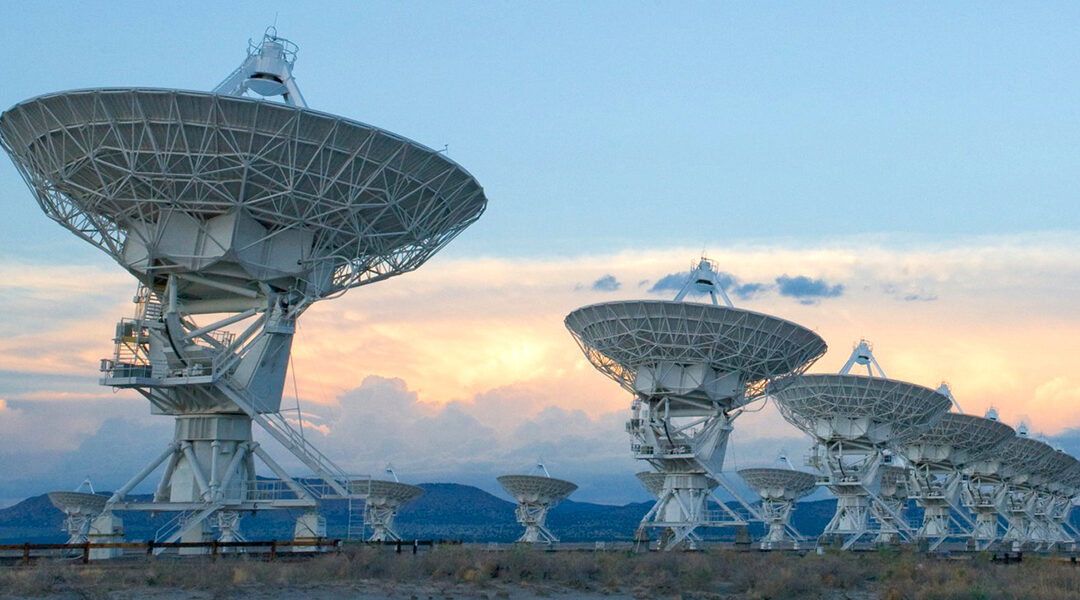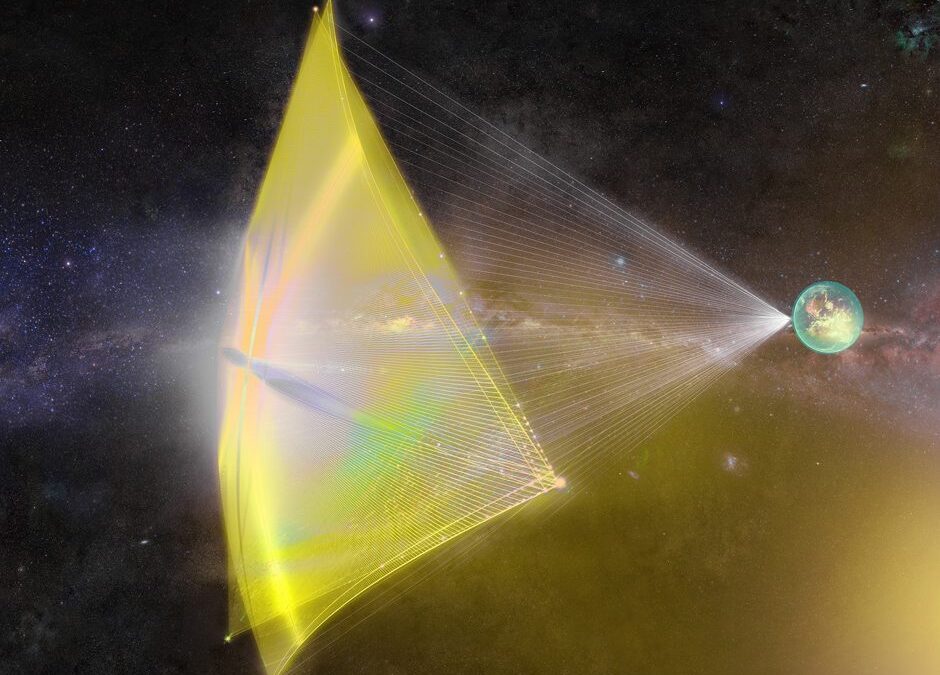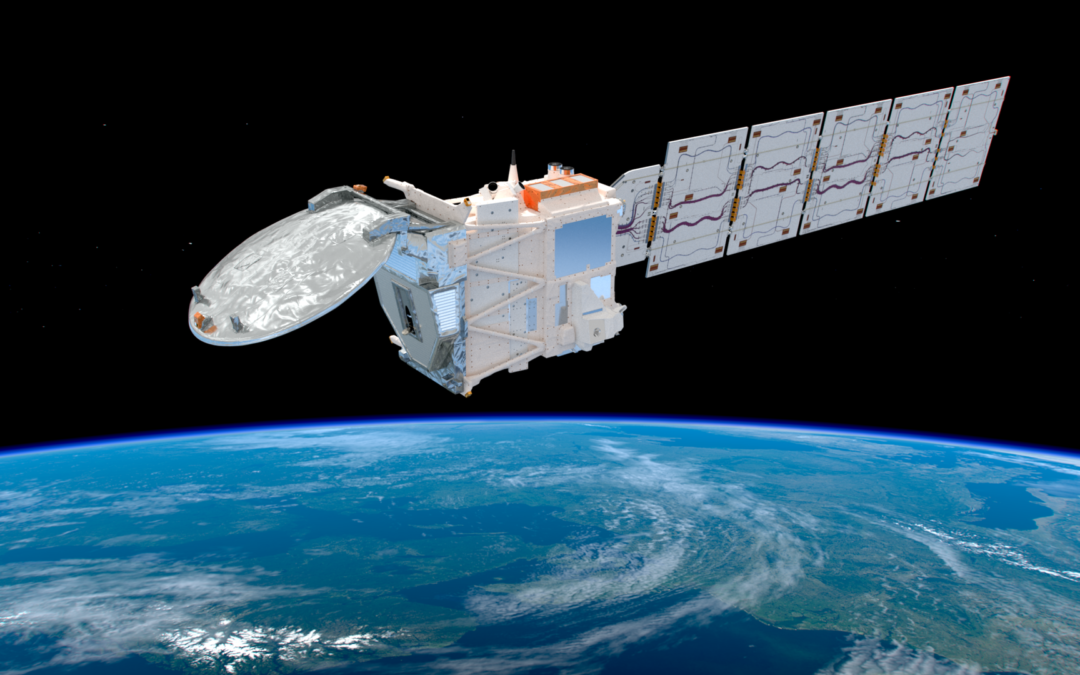Black holes have always held a special fascination for me ever since I was a geeky kid looking up at the stars. Their intense forces are the stuff of science fiction and can tear a star to pieces. This process is violent and can send bursts of electromagnetic...
